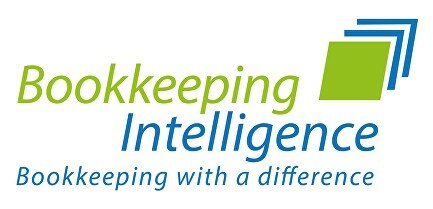Making Tax Digital - what does it mean for you?
By Paul Maddison, Mar 6 2017 04:00PM
Making Tax Digital is a government initiative that sets out a bold vision for ‘a transformed tax system and the end of the tax return’ by 2020. With only 12 months to go before live date, you may have expected more media coverage by now.
Making Tax Digital is all about making tax administration more effective, more efficient and easier for taxpayers, through the implementation of a fully digital tax system.
Businesses, self-employed people and landlords will need to submit quarterly updates to HMRC and keep their records digitally. The current plan is to start quarterly reporting from April 2018 for landlords and the self-employed, with micro businesses next to come online.
HMRC has confirmed that it will legislate for an exemption “for taxpayers who cannot engage digitally” and suggested that there may be a minimum threshold at which MTD will kick in (likely to be around £10,000) and that we can expect to hear a decision on this later in 2017.
How will the initiative be implemented?
There may be further amendments with the final legislation, but here’s a timescale previously provided by HMRC;
* Jul - Dec 2017 - Digital tax accounts show taxpayers an overview of their tax liabilities in one place.
* Jul - Dec 2018 - Most businesses, self-employed people and landlords start updating HMRC quarterly for income tax and National Insurance obligations through accounting software.
* 2019 - Most businesses, self-employed people and landlords start updating HMRC quarterly for VAT obligations through their accounting software.
* 2020 - Most businesses, self-employed people and landlords start updating HMRC quarterly for Corporation Tax obligations through their accounting software
The end of the tax return
One of the biggest implications for small business owners is the eradication of the annual tax return. By 2020 most businesses, self-employed people and landlords will instead be required to keep track of their tax affairs digitally and to update HMRC at least quarterly via their digital tax accounts. HMRC has said that this doesn’t mean you’ll have to complete a full tax return four times a year; you’ll simply need to provide more regular updates online.
Preparing for the changes
One of the most noticeable changes for businesses is the need to use digital software to keep both company and individual records up to date. A March 2016 business survey by the ICAEW found that 75% of respondents were not using software to maintain their accounts. Businesses will be able to use spreadsheets to collate records but must ensure that the documents are compatible with the software available. It is the business’ responsibility to choose software that both suits their needs and is compatible with the HMRC digital tax account system.
Now is the time to start considering if you are ready for the changes - April 2018 will be with us before we know it!

Great blog, thank you for sharing. MTD is one of those phrases that you hear from time to time without knowing what it actually means...This is a great summary.


